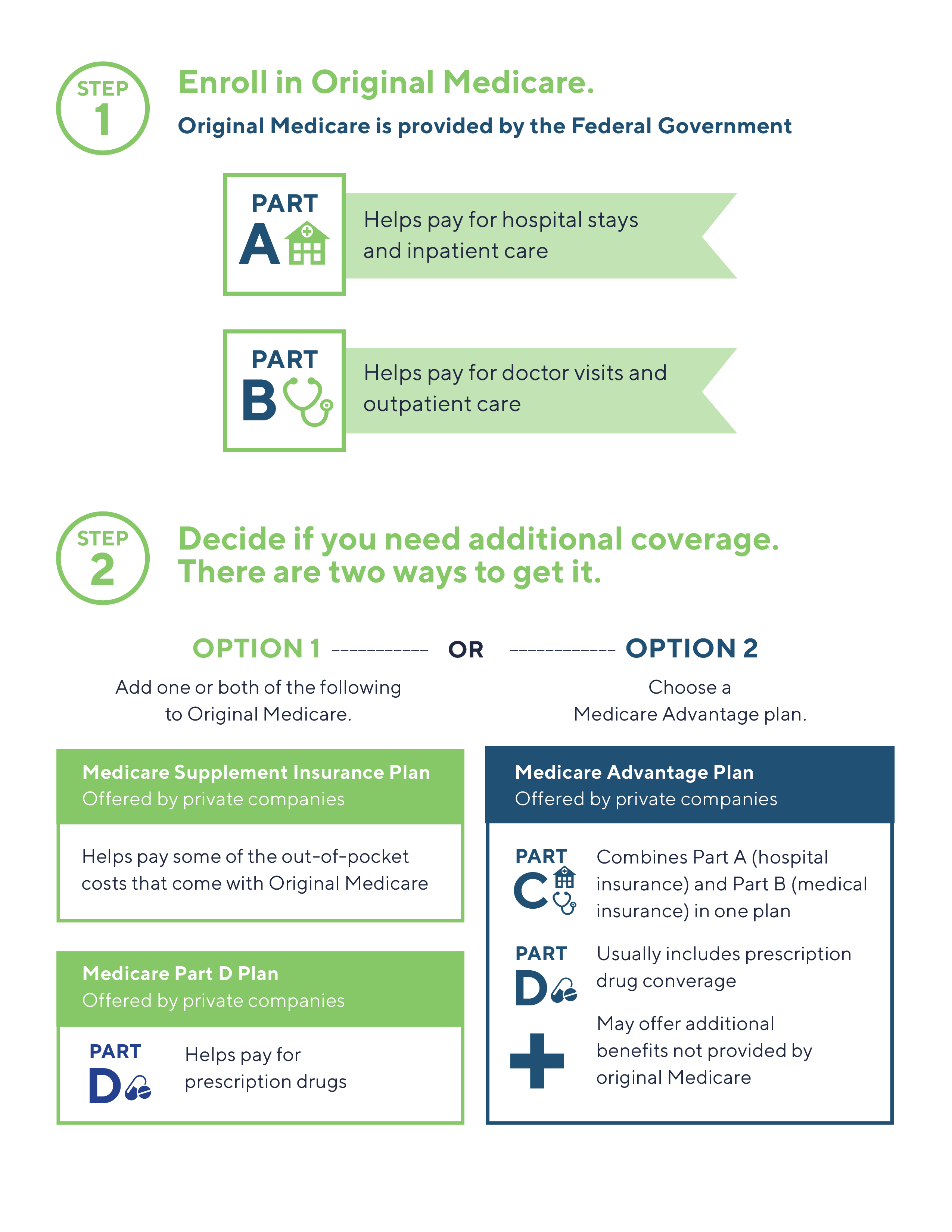Medicare 101
Understanding the Basics
Medicare is a national healthcare program in the United States that provides insurance coverage for people over 65 and some younger people with disabilities or certain medical conditions. It is administered by the Centers for Medicare and Medicaid Services (CMS), a federal agency within the Department of Health and Human Services (HHS).Medicare has four parts: Part A (Hospital Insurance), Part B (Medical Insurance), Part C (Medicare Advantage Plans), and Part D (Prescription Drug Coverage). Each part covers different types of medical services and treatments.
1. Part A
Part A covers inpatient hospital stays, skilled nursing facilities, hospice, and home health care services. Most people do not have to pay a premium for Part A coverage, as it is usually paid for through payroll taxes while you are working.
2. Part B
Part B covers medically necessary outpatient medical care, such as doctor’s visits, preventive care, and durable medical equipment. Part B also covers some home health care services and some preventive services. Part B is optional, and most people have to pay a monthly premium for this coverage.
3. Part C
Part C, also known as Medicare Advantage Plans, are offered by private insurance companies that are approved by Medicare. These plans provide all of the benefits covered under Original Medicare (Parts A and B) and additional benefits such as prescription drug coverage and routine vision and dental services. As a result, Medicare Advantage Plans may have lower out-of-pocket costs than Original Medicare, but they may also have more limited provider networks.
4. Part D
Part D is the prescription drug coverage part of Medicare. It helps cover the cost of prescription medications not covered under Part A, or Part B. Part D plans are offered by private insurance companies that Medicare approves. You can enroll in a stand-alone Part D plan if you have Original Medicare (Parts A and B) or a Medicare Advantage Plan (Part C) that includes prescription drug coverage.

5. Who is eligible?
To be eligible for Medicare, you must be a U.S. citizen or permanent resident 65 years or older or under 65 and have a disability or specific medical condition (such as end-stage renal disease or Lou Gehrig’s disease). You may also be eligible for Medicare if you receive Social Security Disability Insurance (SSDI) benefits for at least 24 months. If you are eligible for Medicare, you can enroll during your Initial Enrollment Period (IEP). Your IEP includes your 65th birthday month, the three months before, and the three months after. The Medicare Annual Enrollment Period – AEP for short – is a set time each year for changing your Medicare coverage choices if you choose to. AEP runs from October 15 to December 7. New coverage choices go into effect on January 1.
In addition, you can make changes to your Medicare Advantage and Medicare prescription drug coverage when certain events happen in your life, like if you move or you lose other insurance coverage. These chances to make changes are called Special Enrollment Periods (SEPs).
Need Help Deciding your Coverage?
If you are eligible for Medicare, it is essential to understand the different parts of the program and how they can help you get the coverage you need. We can help!
OPENING HOURS
Mon–Fri
8:00am–7:00pm
Saturday
9:00am–5:00pm
Sunday
9:00am–3:00pm
WHAT TO EXPECT
We help you decide on the right policy for you and your family
We make sure you receive your insurance card and benefits.
We follow up throughout the year to compare what coverage is available to ensure you stay in the best policy for your needs.
APPOINTMENTS
The first step towards figuring out your Medicare and Retirement plan is to schedule an in-person appointment or phone call. Please contact our office by phone or complete the appointment request form.
© 2023 All Rights Reserved. Terms of Use and Privacy Policy




